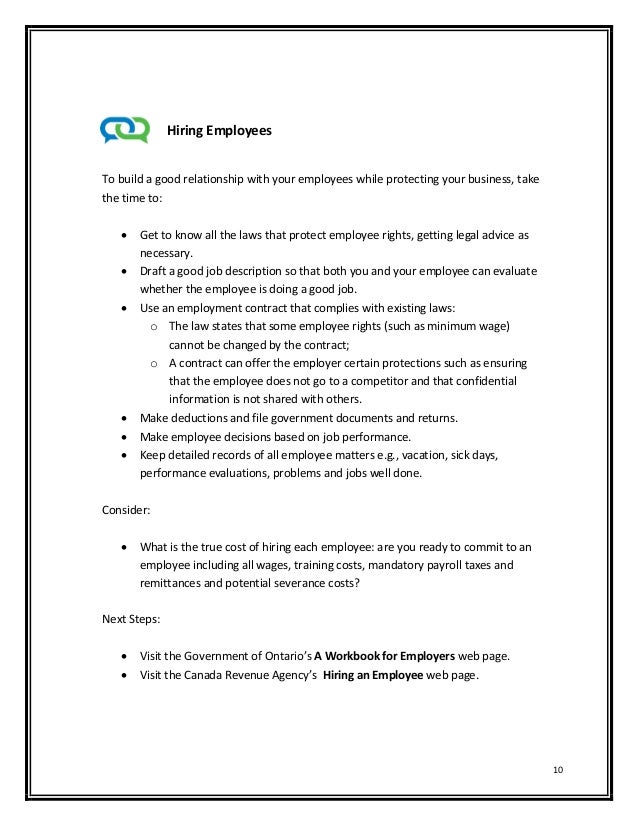Organizations that provide lawsuit financing have traditionally needed mountains of documentation in order to procedure a case. The facts needed involves basic facts about the circumstance or incident and the person filing the claim. A excellent deal of research, background checks and data gathering is necessary to figure out whether a plaintiff in a case is eligible for financing. Recent developments in technology have created the course of action significantly less time consuming and additional environmentally friendly for lawsuit financing providers to do the needed function.
Document Production
A lawsuit includes a excellent deal of info becoming passed back and forth among plaintiffs and their attorneys. This permits the lawyer to become effectively-versed in all of the case’s details so that they can make the ideal presentation feasible for the client. This exchange of information and facts contains police reports, insurance coverage business correspondence, witness statements, economic documentation and, for medical-malpractice and private injury suits, healthcare records from healthcare providers. Client communication and production of documents to the lawsuit financing firm are also incredibly important. This aids the company identify no matter whether the case is viable and a affordable risk to create a lawsuit advance that will most likely be paid back. Most organizations have a contingency in the agreement that if the plaintiff does not win the case or get a settlement, then they do not have to pay back the money. There is thorough critique of these documents that are created by the plaintiff to the legal funding organization in the hopes of receiving financing. Healthcare records alone can from time to time fill dozens of boxes in documentation.
Reproduction
Naturally, the funding corporation can’t preserve the documents, as they are needed by the attorneys for the lawsuit itself. Some of the products could even be individual home of the plaintiff, and they would like it back. Rather, Credit must be copied and returned as immediately as feasible. Due to new technology, this no longer includes photocopying documents on paper. The use of e-mail and electronic correspondence demands really small, if any, paper to be made use of. Health-related records are also more readily obtainable in electronic formats than they applied to be. Rather than making carton after carton of paperwork, the client may possibly come up with various DVDs or CD-ROMs containing the pertinent details. When this is not probable, the staff at the lawsuit funding enterprise can scan the pictures to build electronic files. These are significantly easier to shop. They take up less space, are not affected by moisture and are readily transportable from space to area or place to location as the finance group does its research on the case. A additional environmentally-friendly method, this is becoming the norm, rather than the innovation.

